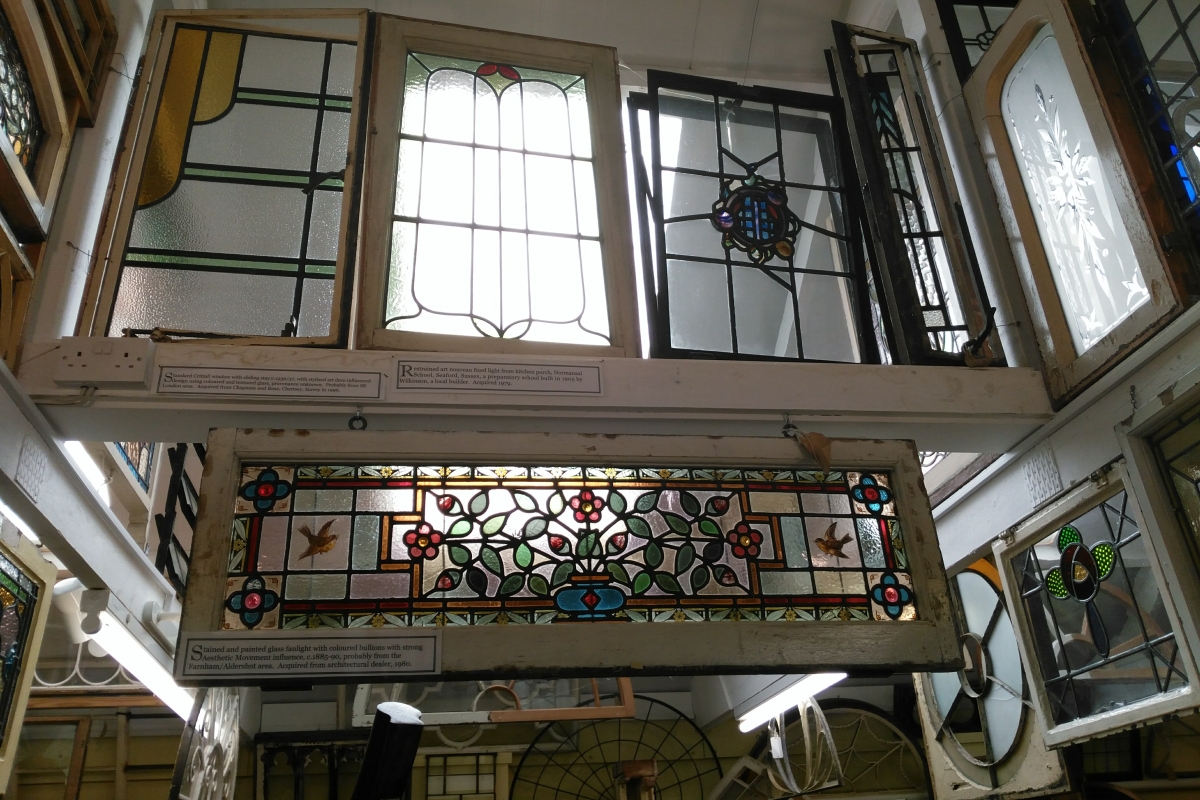Historic buildings are more than just bricks and mortar; they are tangible links to our past, telling stories of the people who lived and worked within them. While it’s not always possible to save a whole structure, the preservation of individual parts or entire facades of historic buildings offers a fantastic resource, much like a museum specializing in salvaged parts. These collections provide a unique insight into how historic features functioned, showcasing the craftsmanship and design of bygone eras.
Dedicated institutions, such as the Brooking Museum of Architectural Detail, focus solely on architectural salvage and its history, providing a concentrated look at these reclaimed materials. However, the importance of architectural salvage is also recognized by larger, more diverse institutions. Museums of art, design, or history often incorporate salvaged elements into their collections or exhibits, providing a rich context and highlighting the beauty and artistry of these historical components.
A remarkable example of this practice can be seen with the facade of a building once located on Bishopsgate in London. This building was the home of Sir Paul Pindar, a wealthy merchant and diplomat knighted by King James I. Built in 1597, the impressive jettied timber-frame structure miraculously survived the Great Fire of London in 1666. By the 1890s, the building was set to be demolished due to the expansion of Liverpool Street Station. However, the beautifully carved facade was saved and presented to the Victoria and Albert Museum (V&A). Today, this ornate house front is on display at the V&A, a powerful testament to preservation and a reminder of London’s architectural history that would have otherwise been lost forever.
By saving and displaying these pieces, we create a living archive. These salvaged parts become artifacts in their own right, providing a window into the past and ensuring that the incredible skill and stories behind historic architecture continue to be appreciated by future generations.


No Responses